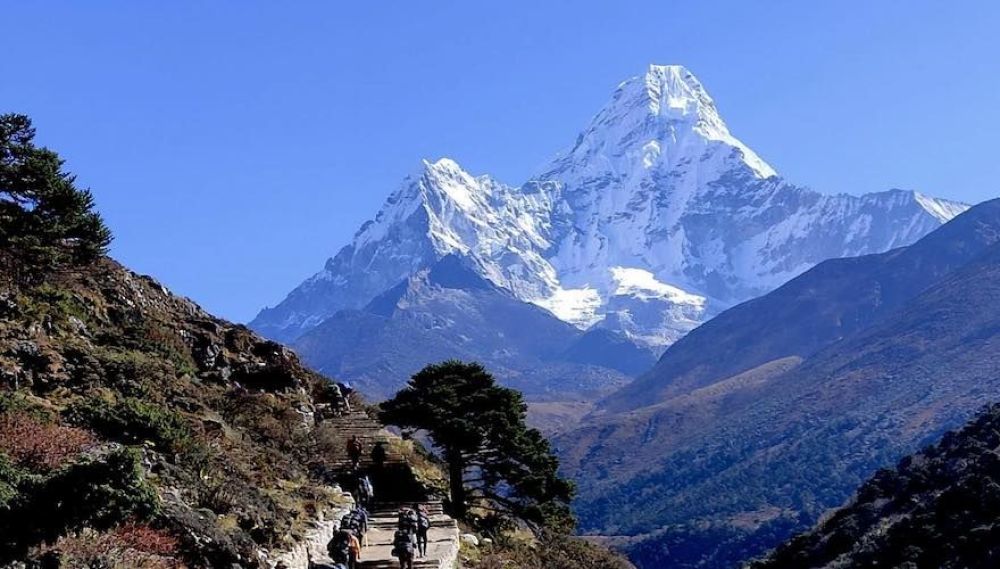

The history of tourism in Sagarmatha National Park, home to the illustrious Mount Everest and the stunning Ama Dablam, dates back to the early 20th century. Following the first successful ascent of Mount Everest in 1953 by Sir Edmund Hillary and Tenzing Norgay, the region witnessed a surge in visitor interest. Nepal officially opened its doors to tourism in the 1950s, recognizing the potential to share its natural and cultural assets with the world.
With the establishment of Sagarmatha National Park in 1976 and its inscription as a UNESCO World Heritage Site in 1979, tourism has flourished. This park, which encompasses a diverse array of flora and fauna alongside Sherpa culture, has become a beacon for trekkers, climbers, and nature enthusiasts alike. Ama Dablam, the "Mother's Necklace", is known for its distinct, sharp peak and challenges even the most experienced mountaineers.
In recent years, tourism trends in Sagarmatha National Park have evolved. While the allure of summiting peaks like Everest and Ama Dablam remains strong, there has been a noticeable shift towards sustainable and responsible tourism practices. This includes increased awareness about environmental impacts, waste management initiatives, and community-driven tourism that supports local livelihoods.
Eco-tourism has gathered momentum, with travelers seeking to minimize their ecological footprint, opting for eco-friendly lodges and guided tours that emphasize conservation efforts. Similarly, cultural tourism has grown, with visitors eager to engage respectfully with the Sherpa communities, learning about their rich heritage, traditions, and mountaineering legacy.
In summary, Sagarmatha National Park and Ama Dablam continue to captivate travelers with their beauty and adventure opportunities. As tourism trends shift towards more sustainable practices, it is imperative that visitors embrace these values, ensuring that this majestic region can be enjoyed for generations to come.